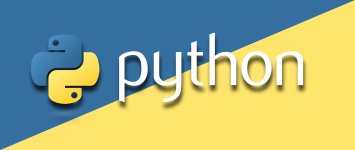
Introduction
Amongst the most extensive known programming languages that people use today, Python is used in web development, data analysis, artificial intelligence, and much more. If you intend to get started with a career in programming or want to enhance your skills, the installation of Python will be your first step. Following is a step-by-step guide on installation across various operating systems.Why Choose Python?
Before diving into the installation process, let’s briefly discuss why Python is an excellent choice for both beginners and seasoned developers:- Easy to Learn: Python has a simple syntax that makes it beginner-friendly.
- Versatile: It supports multiple programming paradigms and is used in various fields.
- Strong Community: Python has a large community, providing numerous libraries and frameworks.
- Cross-Platform: Works on Windows, macOS, and Linux.
System Requirements
Before installing Python, ensure your system meets the following requirements:- Windows: Windows 7 or later.
- macOS: macOS 10.9 or later.
- Linux: Most distributions support Python natively.
Step-by-Step Installation Guide
Installing Python on Windows
- Download the Installer:
- Visit the official Python website and download the latest version.
- Run the Installer:
- Double-click the downloaded file.
- Check the box that says "Add Python to PATH."
- Choose Installation Type:
- Select "Install Now" for the standard installation or "Customize Installation" for advanced options.
- Complete Installation:
- Follow the prompts to finish the installation.
- Verify the Installation:
- Open Command Prompt and type python --version. You should see the installed version number.
Installing Python on macOS
- Download the Installer:
- Go to the official Python website and download the macOS installer.
- Run the Installer:
- Open the downloaded .pkg file and follow the instructions to install Python.
- Verify the Installation:
- Open Terminal and type python3 --version. You should see the installed version number.
Installing Python on Linux
Most Linux distributions come with Python pre-installed. To check if Python is installed, open a terminal and type python3 --version. If it's not installed, follow these steps:1. Update Package List:
Python:
bash
sudo apt update2. Install Python:
Python:
bash
sudo apt install python33. Verify the Installation:
- Check the version by typing python3 --version.
Setting Up a Virtual Environment
Creating a virtual environment is a good practice for managing dependencies for different projects:1. Install venv:
Python:
bash
python3 -m pip install --user virtualenv2. Create a Virtual Environment:
Python:
bash
python3 -m venv myenv3. Activate the Virtual Environment:
- On Windows:
Python:
bash
myenv\Scripts\activateOn macOS/Linux:
Python:
bash
source myenv/bin/activateConclusion
Python is very easy to install, and once you get that running, you'll be all set to start coding. You will be working on a number of different projects with the versatility of ease of use from Python. Do not forget to look around for libraries and frameworks that add flavor to your coding.Additional Resources
Last edited: